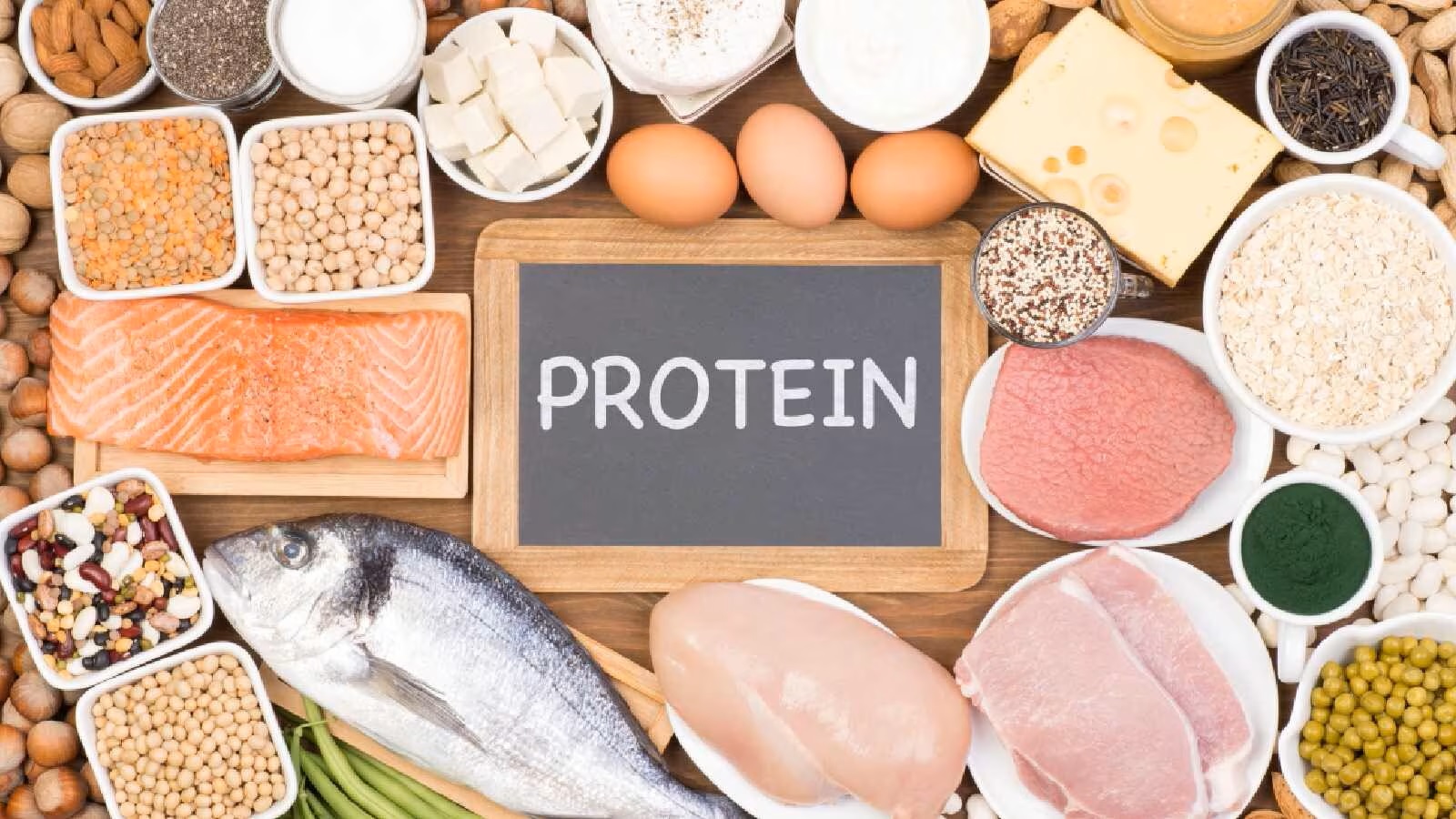1.3 – PROTEINS
| 10 Students |
| Grade 11-12 |
COURSE DESCRIPTION
Proteins play a variety of roles in structural, transport, enzymatic and signalling functions. This concept focuses on the structure and properties of protein and how temperature and pH may contribute to the denaturation of proteins. The structure of a protein is related to its function.
Learning Outcome:
- Describe the structure and properties of the following monomers:
- Amino acids (in proteins) (knowledge of chemical formulae of specific R-groups of different amino acids are not required).
- Describe the formation and breakage of the following bonds:
- Peptide bone
- Explain primary structure, secondary structure, tertiary structure and quaternary structure of proteins, and describe the type of bonds that hold the molecule in shape (hydrogen, ionic, disulfide bonds and hydrophobic interactions)
- Explain the effects of temperature and pH on proteins structure.
- Describe the molecular structure of the following proteins and explain how the structure of each protein relates to the function it plays:
- Haemoglobin (transport)
- Collagen (structural)
- G-protein linked receptor (signalling)
(knowledge of details of the number of amino acids and the types of secondary structures present are not required)
Outcome:
- Introduction
- Classification of Proteins
- Classification based on Shape
- Classification based on Function
- Classification based on Composition
- Amino Acids
- Structure of Amino Acids
- Properties of Amino Acids
- Classification of Amino Acids Based on Chemical Properties
- Formation of Peptide Bond
- Biuret Test
- Levels of Protein Structure
- Primary Structure
- Secondary Structure
- First Example of a Secondary Structure: The α – helix
- Second Example of a Secondary Structure: The β – pleated sheet
- Tertiary Structure
- Four Types of R Group Interactions that Maintain Specific 3D Conformation
- Quaternary Structure
- Haemoglobin – A Globular Protein that Transports Oxygen
- Collagen – A Fibrous Protein that Provides Structural Support
- Denaturation and Renaturation of Proteins
Requirements
- Donec porta ultricies urna, faucibus magna dapibus.
- Etiam varius tortor ut ligula facilisis varius in a leo.
- Folutpat tempor tur duis mattis dapibus, felis amet.
- Donec porta ultricies urna, faucibus magna dapibus.
- Etiam varius tortor ut ligula facilisis varius in a leo.
- Folutpat tempor tur duis mattis dapibus, felis amet.
What is the target audience?
- This course is intended for anyone interested in learning to master his or her own body.
- This course is aimed at beginners, so no previous experience with hand balancing skillts is necessary
Aenean viverra tincidunt nibh, in imperdiet nunc. Suspendisse eu ante pretium, consectetur leo at, congue quam. Nullam hendrerit porta ante vitae tristique. Vestibulum ante ipsum primis in faucibus orci luctus et ultrices posuere cubilia Curae; Vestibulum ligula libero, feugiat faucibus mattis eget, pulvinar et ligula.
CURRICULUM
Section 1: Introduction to Handstands
Section 2: Reference Material, Moodboards and Mind Mapping
Wrist Strengthening
While your wrists will certain get stronger from practice and grow accustomed to the stress of the skill, a basic amount of wrist strengthening exercises for several weeks can only help things. I’d recommend working wrist curls and reverse wrist curls for around 6-10 reps for 3 sets. I also strongly recommend trying some sledgehammer levering. Work in 2-3 sets of 3-5 reps. In particular, exercises 1 and 3 are fantastic for building wrist strength and they are much harder than they look! Start with them to get the hang of sledgehammer work before you progress to the other two exercises. I don’t want somebody putting a hole through their floor or their face because they rushed things!Section 3: Sketching out Ideas
- The main objective to the sketching process is to generate super rough thumbnail sketches of what we feel best visually communicates the highlighted words from our mind maps.
- Take as much time as you need for this step — this might be 10 minutes or it might be 10 days.
- Personally, I like to work quickly and try not to analyze or elaborate too much.
- Now, that doesn't mean you should only create a handful of sketches.
- Even though this step only took a couple of hours, I was still able to put over 100 thumbnails on paper.
- The whole point of this process is to flush out the bad ideas and narrow down the good ones until we find that one layout that really speaks to us.
- Also, keep in mind the project brief and have your list in front of you as a reference to avoid getting sidetracked.
- Remember—detail is not needed. Simply flush out the bad ideas and find a great direction.
- Once I feel I have a good direction with the sketches, I'm now ready to take a quick photo with my phone and import it into Illustrator.
Section 4: Conclusions and Evaluation
About Instructors
Reviews
Average Rating
Detailed Rating
| Stars 5 |
|
0 |
| Stars 4 |
|
0 |
| Stars 3 |
|
0 |
| Stars 2 |
|
0 |
| Stars 1 |
|
0 |
Be the first to review “1.3 – PROTEINS” Cancel reply
| 10 Students |
| Grade 11-12 |



There are no reviews yet.